“[Maximalists] don’t regard clutter as a collection of items, but rather as a collection of things they enjoy”
Paige Anderson, interior designer
Maximalism in decoration is a trend that celebrates abundance and opulence, contrasting strongly with minimalism, which values simplicity and moderation. This style has its roots in historical design and art movements, such as Rococo and Baroque. It has resurfaced today as a response to the minimalism prevalent in recent decades.
In maximalism, more is more. This approach allows for personality expression through vibrant colours, bold patterns, and an eclectic mix of furniture and accessories.
Interestingly, despite its initial appearance of chaos, maximalism demands considerable skill to be executed elegantly. It's not about disorderly accumulation but about a thoughtful and balanced organization. For interior designers, maximalism is not just a trend, it's a platform that empowers creativity and experimentation. It's about filling a space with a curated vision and a clinical eye for detail. Each piece should tell a story and contribute to the overall narrative of the space. This style encourages the combination of different eras, styles, and cultures, creating a luxurious and welcoming area.
Successful maximalism depends on deeply understanding colors, textures, and proportions and how they interact.
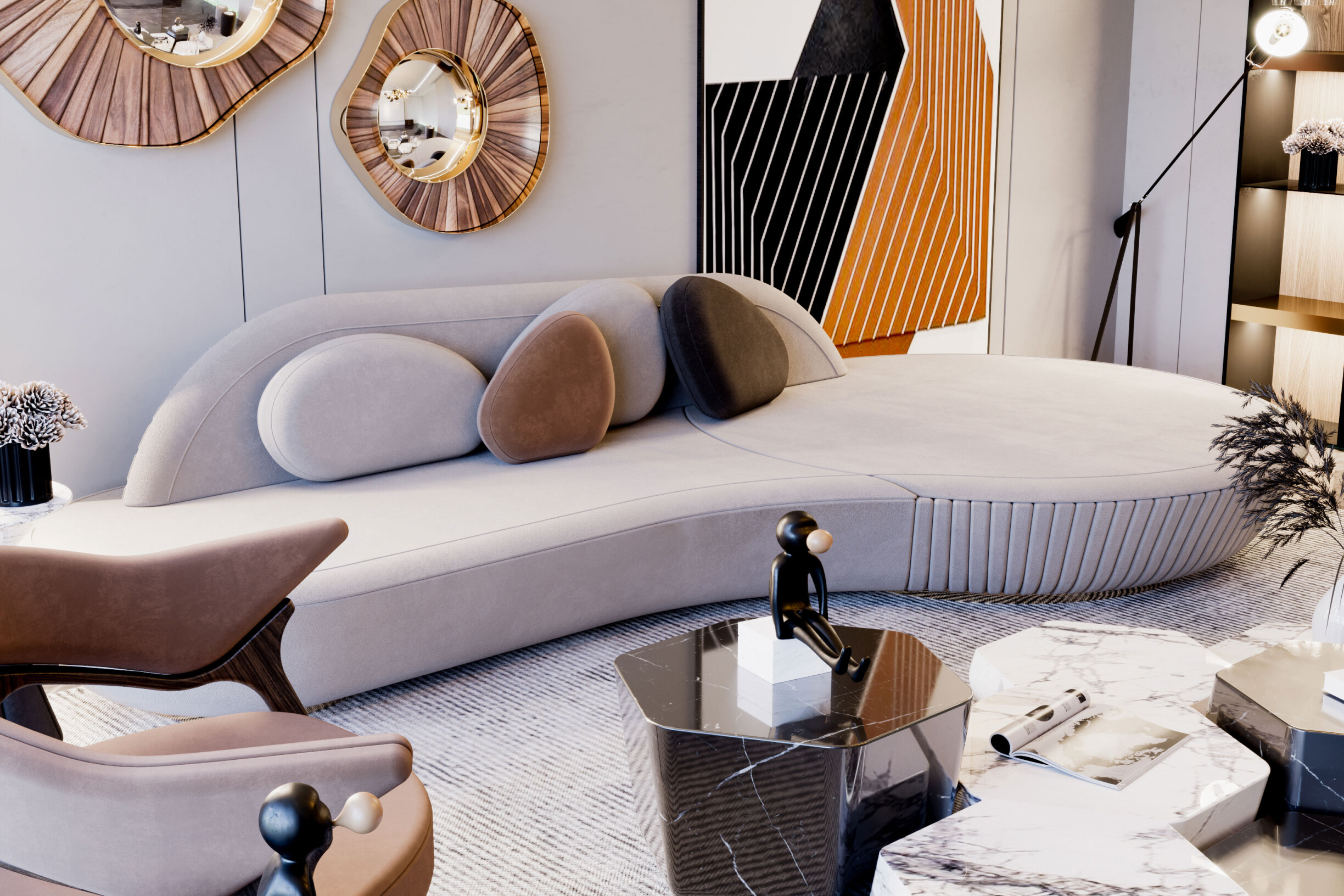
Maximalism has existed for decades. In Europe, for example, the Victorian era is known for densely decorated interiors with dark wood furniture, rich tapestries, and abundant ornaments. In Asia, traditional Chinese and Indian interiors often display a riot of colors and intricate details. The influence of these historic styles can be seen in the modern interpretation of maximalism, which blends old and new to create a look that is both familiar and innovative.
The foundations of maximalism are rooted in a few key principles that help create a visually impactful and aesthetically pleasing space:


Maximalism embraces a rich and varied colour palette. Bright tones such as red, cobalt blue, emerald green and mustard yellow are often used to create an energetic and dynamic room. Furthermore, standards play a crucial role. Floral, geometric, and even abstract prints can be combined to create a unique look.
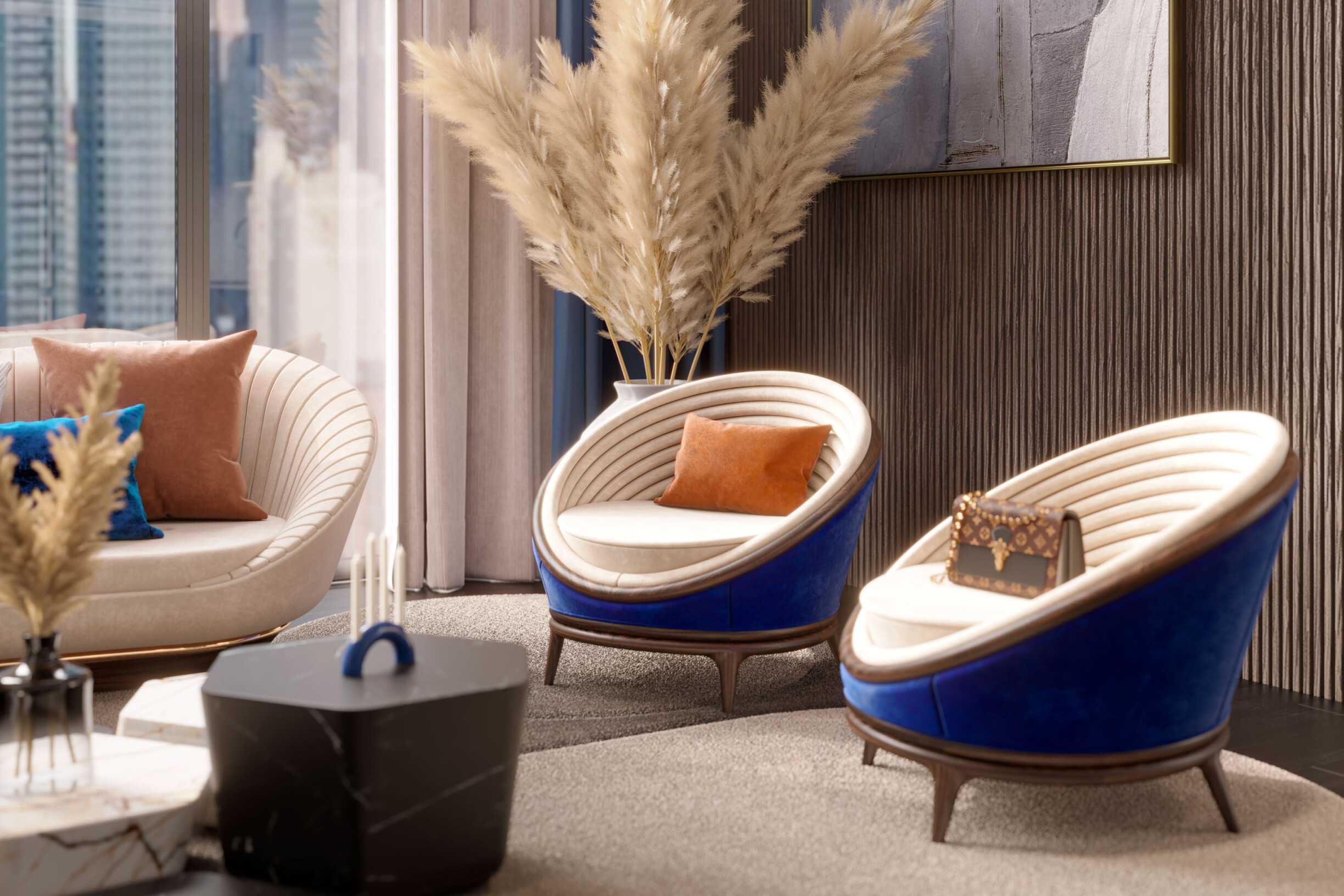
In maximalism, furniture and accessories are selected for their unique characteristics and because they are an essential part of the whole. Vintage pieces, contemporary art, and items from different cultures are combined to create a rich and varied space.
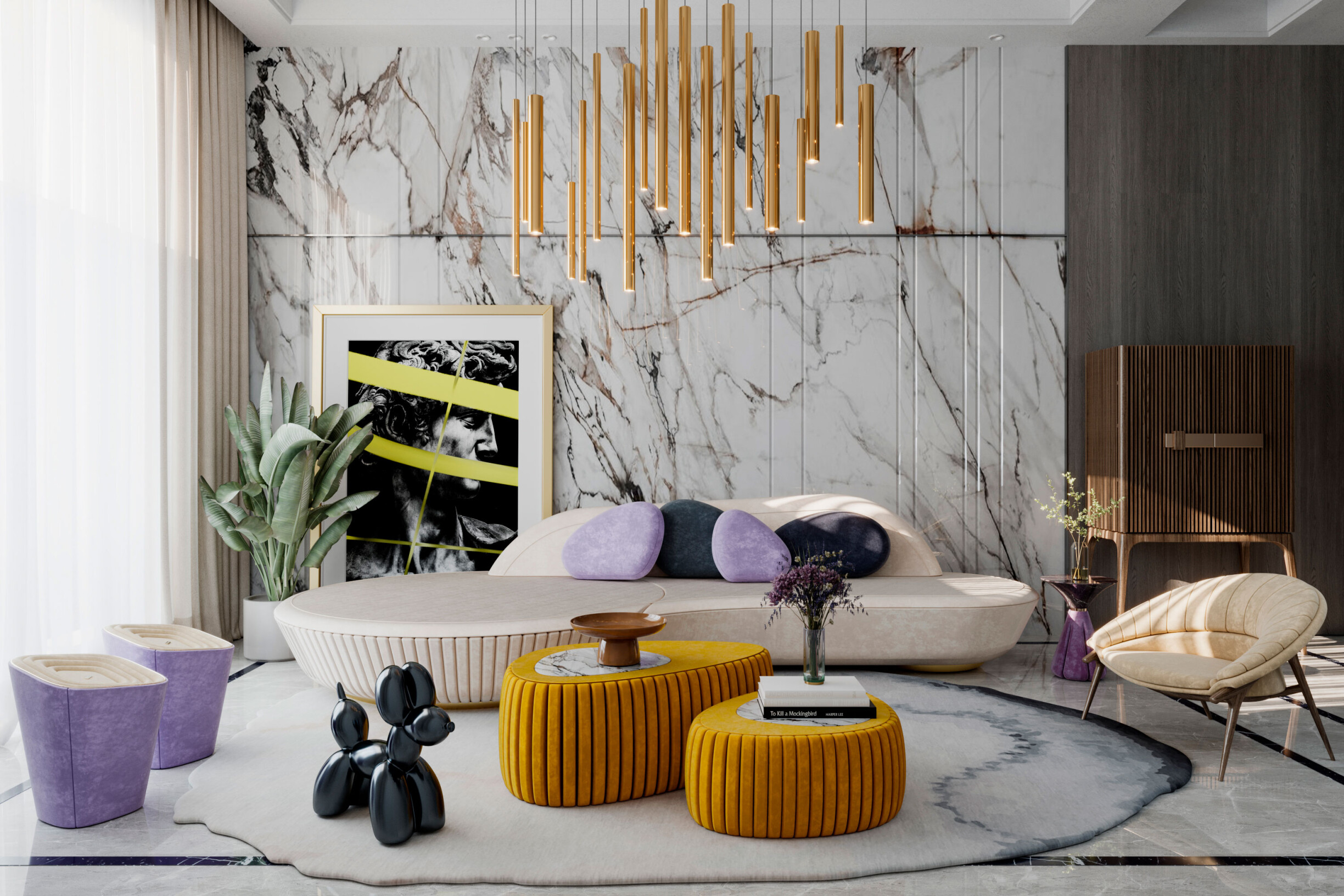
Varied textures add depth and visual interest to a maximalist space. Carpets made of different materials, luxurious curtains, cushions of various textures and furniture with different finishes contribute to this feeling of tactile richness.

Art is a central component of maximalism. Large paintings, sculptures, and unique decorative objects personalize the space. These items not only decorate but also reflect the personality and interests of the inhabitants.
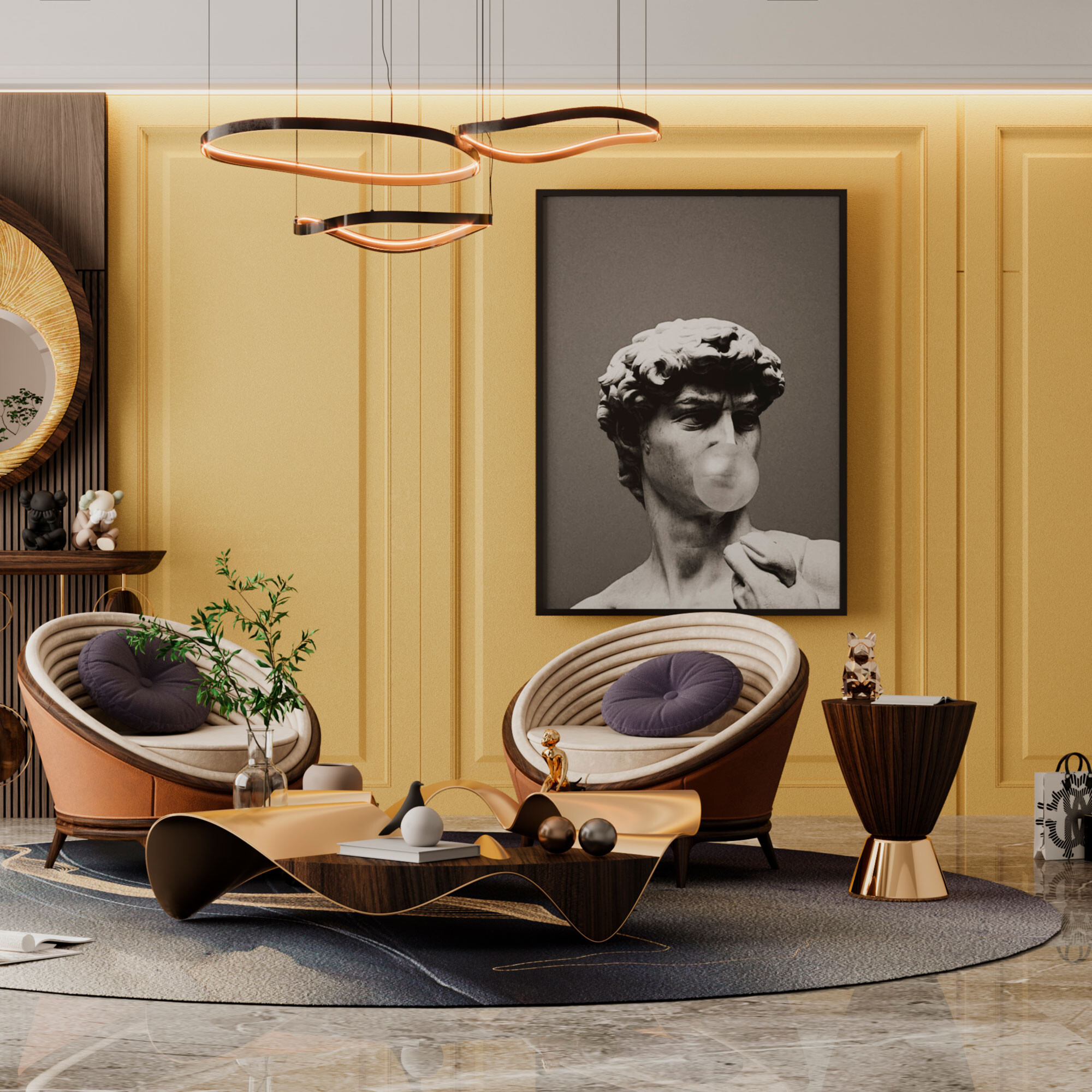
Maximalism and minimalism represent two opposed approaches to interior design, each with its unique philosophy and aesthetic.
Minimalism is based on the idea that "less is more", it emphasizes simplicity, functionality, and the elimination of excess. The focus is on quality over quantity, with each item carefully chosen for its usefulness and inherent beauty.
“Less is a bore”
Robert Venturi, American architect

In contrast, maximalism embraces the philosophy that "more is more," celebrating abundance, complexity, and ornamentation. Rather than restricting, maximalism encourages adding layers, colours, and patterns to create a vibrant, dynamic area.
Aesthetically, minimalism is characterized by clean lines, neutral colour palettes, and a sense of open space. Maximalism allows the mixing of styles and eras, creating an eclectic and personalized project. The aim is to develop a feeling of opulence and welcome.
In minimalism, function often precedes form. Minimalist spaces are designed to be highly functional, with a clean, organized aesthetic that makes everyday life easier. In maximalism, form and function coexist in harmony, but form often takes a prominent role. Functionality is still essential, but decor expresses personality and creates visual impact.
Incorporating maximalism into decor can be exciting, especially for interior designers who want to explore abundance and opulence. Here are 8 practical ideas for embracing maximalism, with examples for different settings, including homes, home offices, and businesses.
1. Wear vibrant colours with confidence
Feel free to use bold colours. Choose a colour palette that resonates with your customers and use it to create a vibrant and dynamic area. Try painting a wall in cobalt blue in a living room and complementing it with furniture in contrasting tones like red and yellow, creating an energetic space. Incorporating the Matterhorn sofa from ALMA de LUCE in this room will achieve the perfect maximalist contrast.

2. Mix patterns
Have fun with juxtaposition by combining textures with patterns and furniture pieces you never imagined could coexist harmoniously. Incorporate a variety of patterns and textures to add depth and visual interest. Combine large prints with smaller prints and smooth with rough textures to create a rich and engaging room. The key is maintaining a common colour palette to tie the different patterns.
3. Balancing chaos and organization
Although maximalism celebrates excess, it's crucial to maintain a balance to prevent the space from becoming chaotic. Ensure there is a flow and that the elements complement each other rather than compete.
4. Combine metallic elements
Metallic accessories are a fantastic way to add elegance and shine to a room! Try combining cool tones like silver with warm tones like brass to create a unique look that will really make your space shine!
5. Create texture layers
Adding layers of textures creates a sense of tactile richness. For a cozy and luxurious atmosphere, combine a rustic wooden table in the dining room, like the Rusak dining table from ALMA de LUCE, with upholstered leather chairs, like the Tulip chair, a Persian rug, and linen curtains.
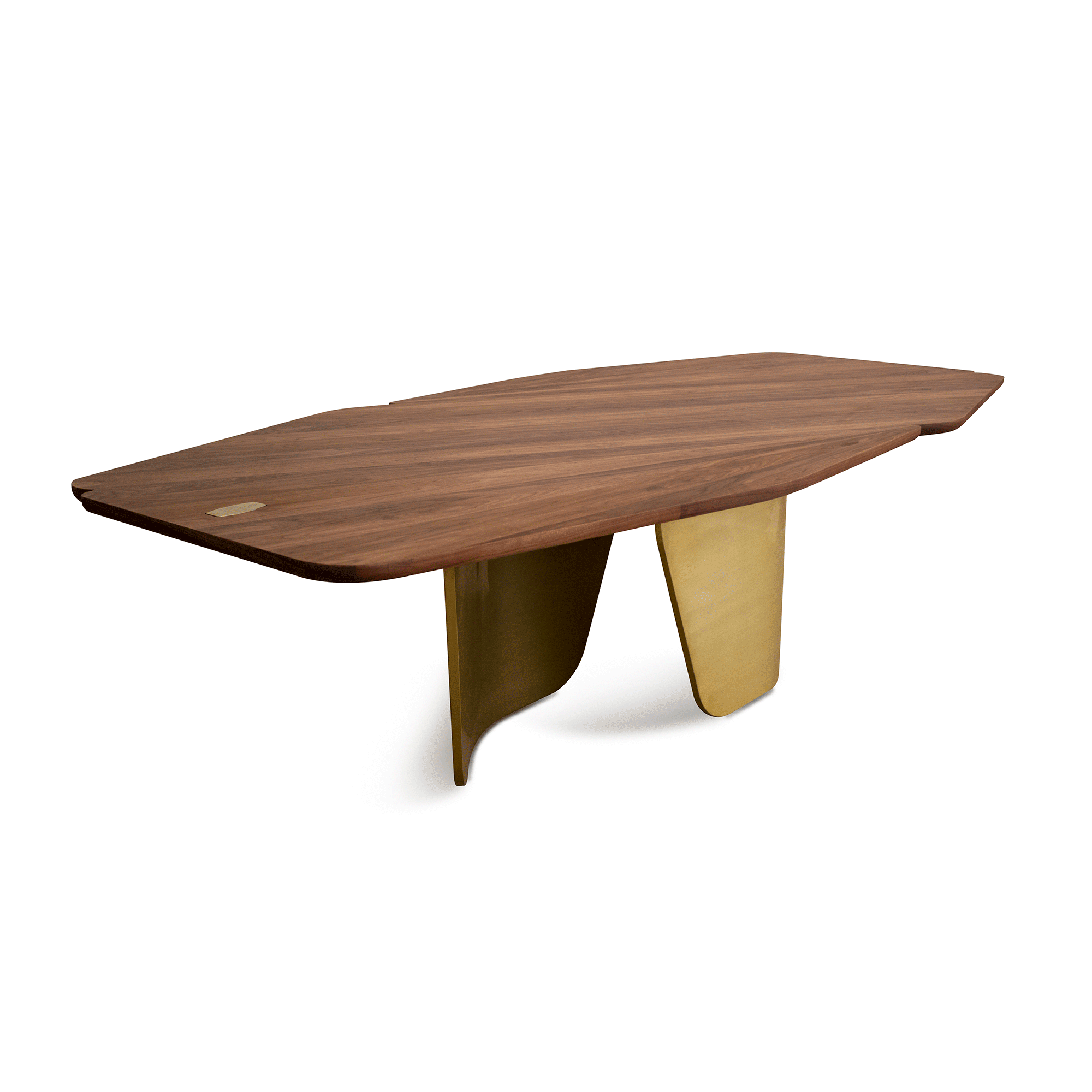
6. Use eclectic furniture
Mixing furniture from different eras and styles can create a unique and eclectic look. For example, combine a vintage sofa with modern armchairs and a rustic coffee table in a living room, creating a space that mixes classic with contemporary.
7. Adorn with plants
Plants add life and freshness to the space and contrast with maximalist decor. Incorporating nature into decoration is one of the biggest trends and results in the perfect combination for a decoration in which excess is the star. Plants of different sizes and species should be placed around the work desk and on the shelves in the home office, creating a green and inspiring space.
8. Mix decorative styles
Part of maximalism's charm is its ability to mix different styles and periods. The art of mixing decorative styles is the careful combination of different elements, resulting in spaces that tell stories and reflect personalities. Don't be afraid to combine modern furniture with vintage pieces or contemporary art with antiques. Integrating pieces from different cultures can enrich the decor.
Maximalism is a celebration of abundance and self-expression in interior design. The important thing is to let your creativity flow and enjoy the freedom to work with a series of styles and trends, according to your desires.
By embracing vibrant colours, bold patterns, and a variety of textures and styles, designers can create spaces that are not only visually stunning but also deeply personal and welcoming. Whether starting small or diving head first into elegant excess, maximalism offers endless possibilities for transforming any space into a lived-in work of art.
Did you like this blog article with tips for embracing the excess of maximalism with elegance? Stay tuned for more information and curiosities from the universe of architecture, interiors, and construction!
You can also follow us on Instagram, Facebook, and Pinterest for updates and news.